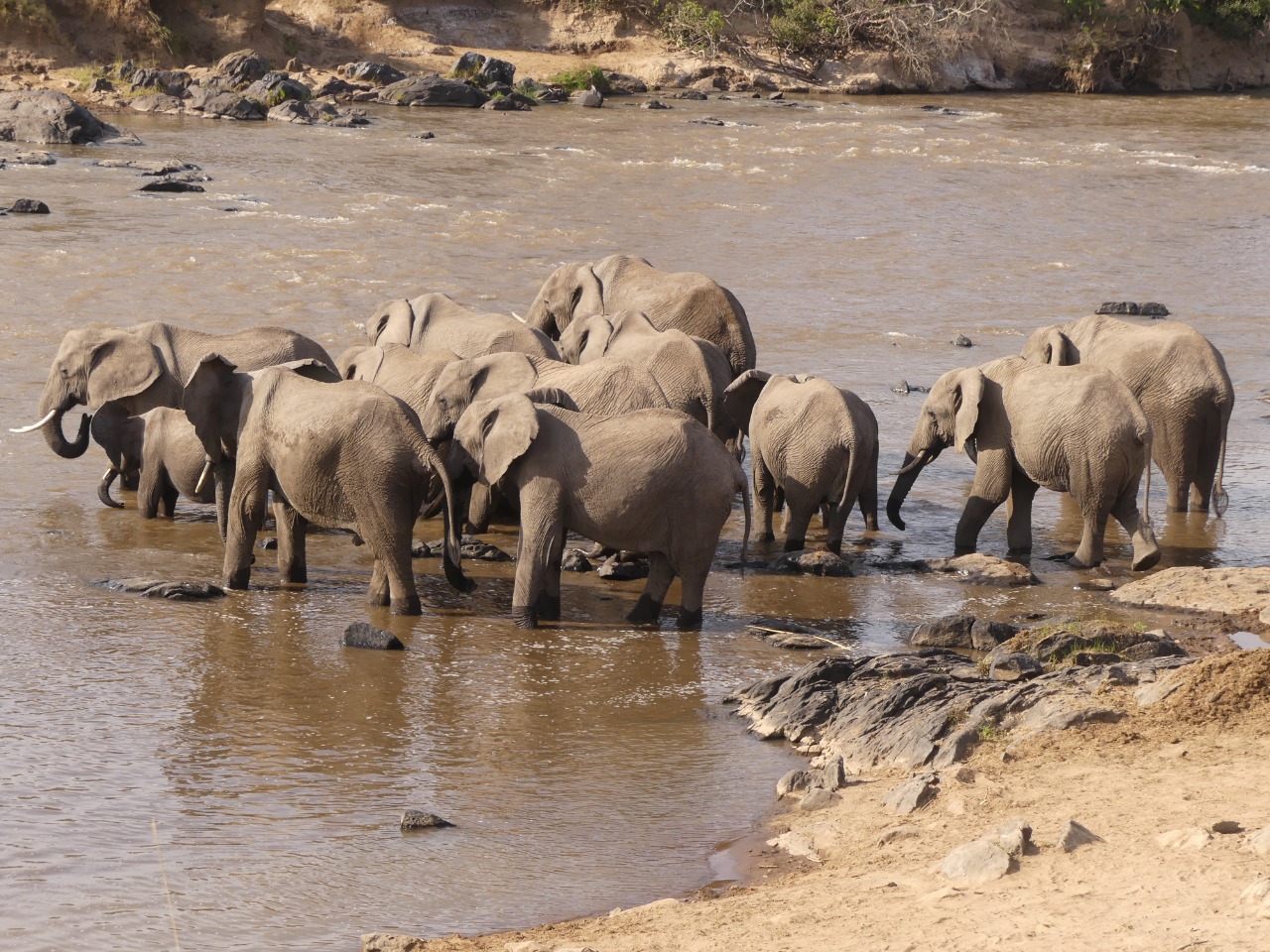The results from the National Wildlife Census 2021 were released on August 31 by the Kenyan government and their partners Kenya Wildlife Service (KWS) and Wildlife Research and Training Institute. You can find the results here. MEP took part in the census by providing aerial support for counting elephants and other large mammals in the Greater Mara Ecosystem with a focus on the forests and blocks with more cover.
In August, CEO Marc Goss traveled to Tanzania to support the Tanzania Wildlife Research Institute (TAWIRI) in their efforts to remove elephant collars in the Ruaha/Rungwa Ecosystem and collar four elephants in the Swagaswaga area.
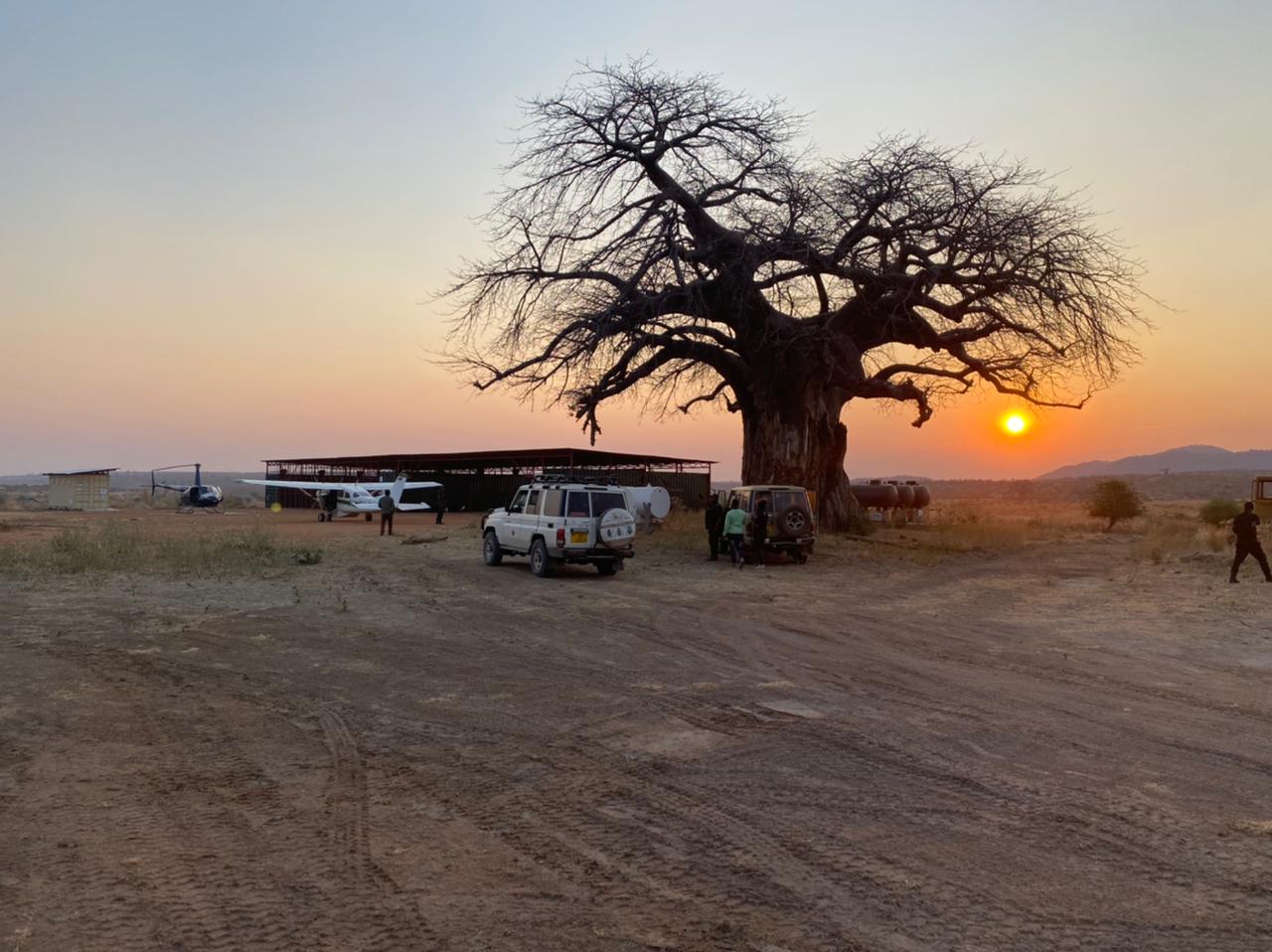
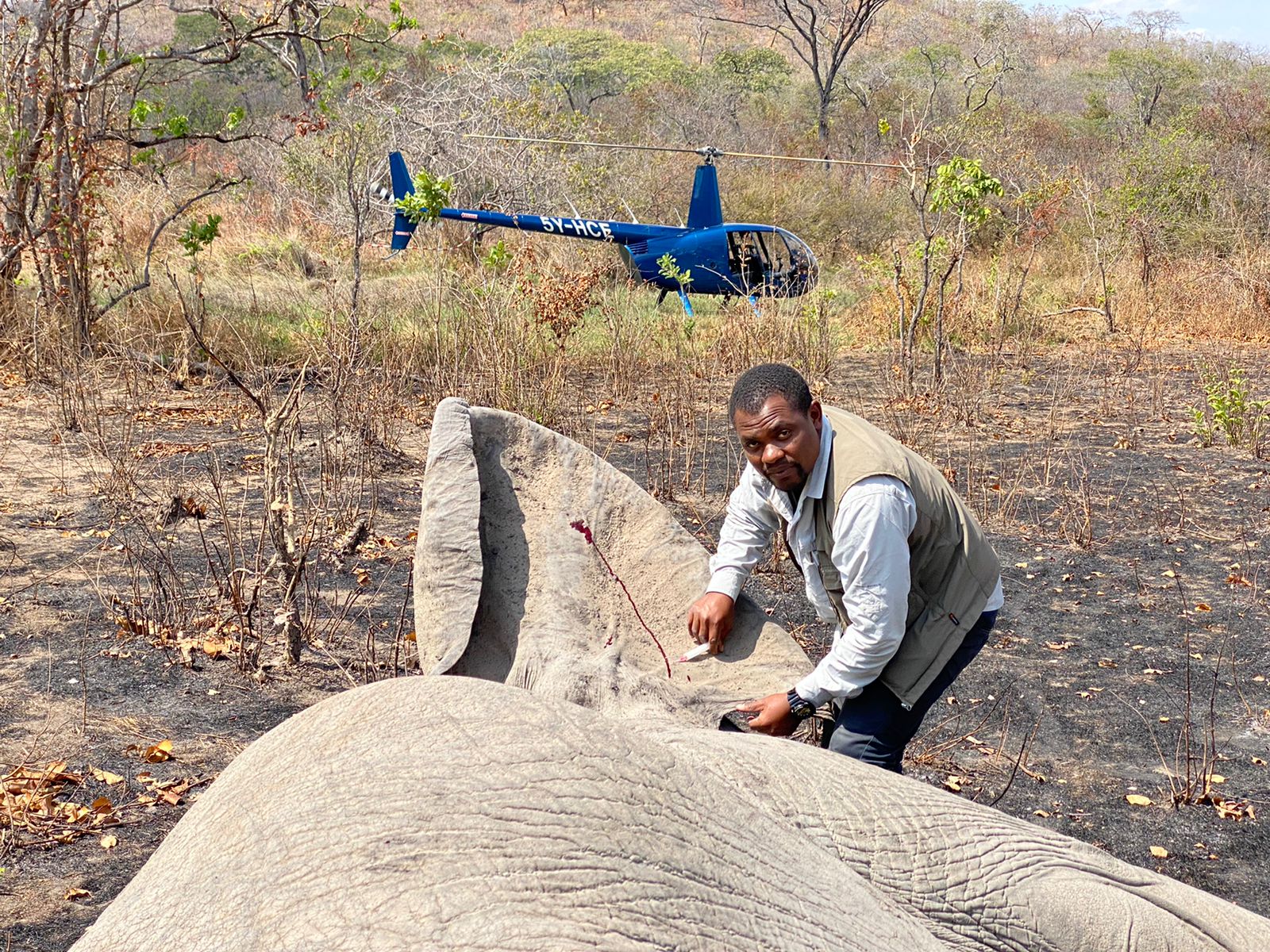

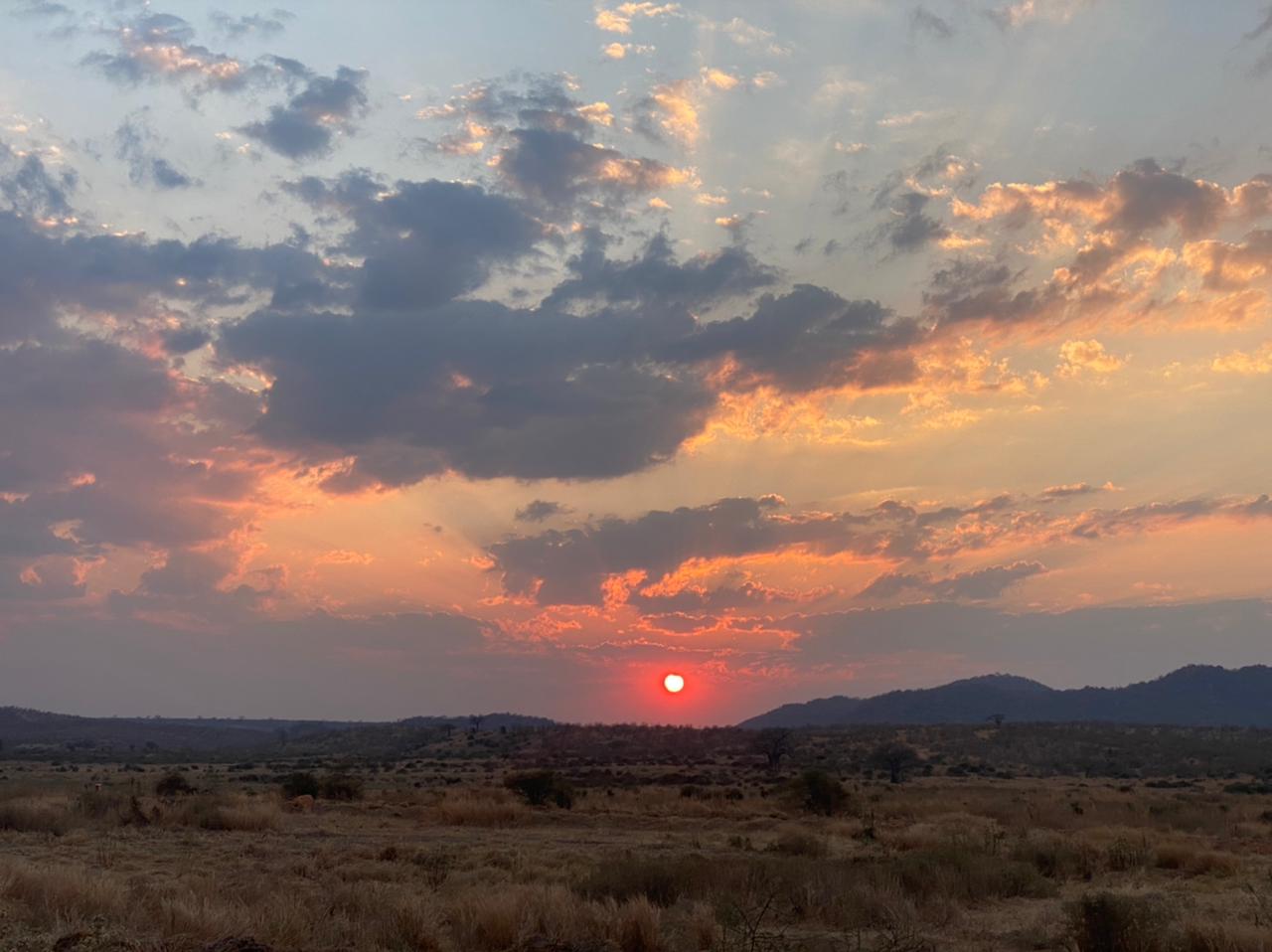
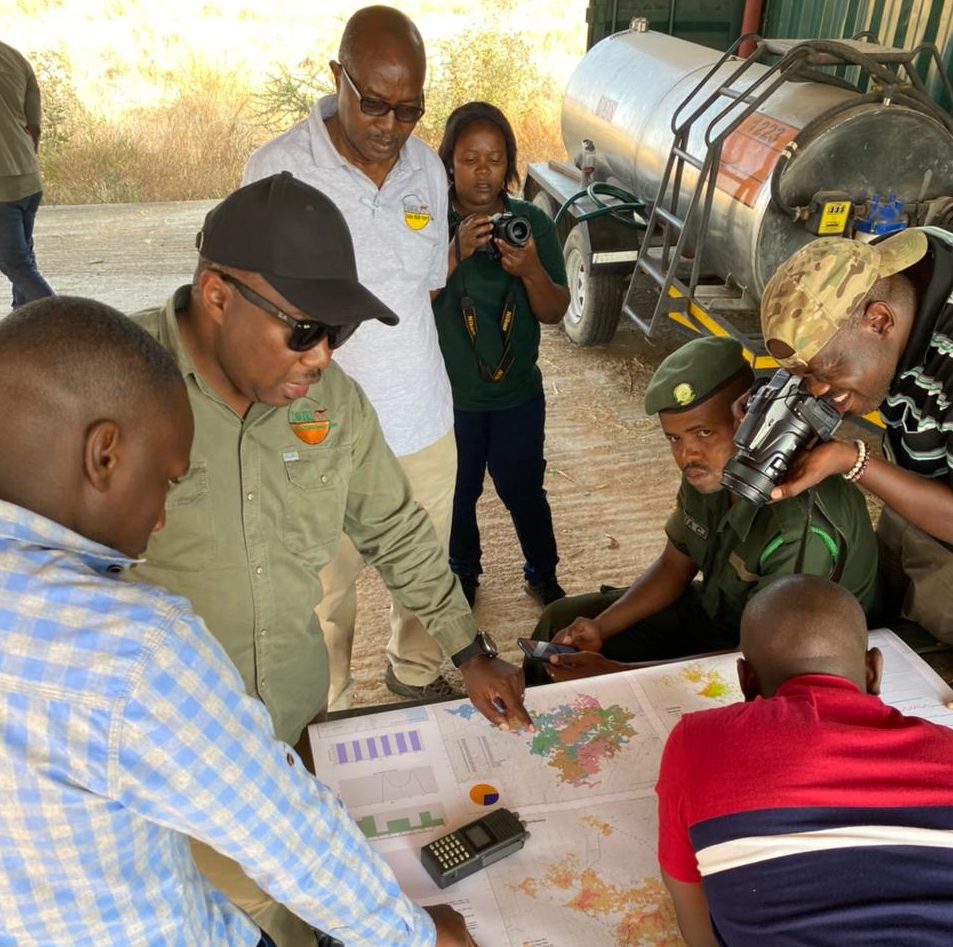
I really enjoyed my time in Tanzania, the landscape was just beautiful, and working with the team of scientists and vets was very exciting.
CEO Marc Goss
The MEP / Sheldrick Wildlife Trust Mau De-Snaring Unit remained busy in August protecting the Mau Forest. On August 6, alongside KWS, they arrested one suspect for illegal logging activity inside the forest and later that week another in possession of seven trees that were found at an illegal logging site. On August 18, while on their way to the forest patrol, they came across a truck loaded with timbers and confiscated the timbers and arrested the driver. The next day, the team took part in a community meeting in Lelaitich to introduce themselves to the community, explain the work they are doing inside the forest to protect it and its wildlife as well as address any questions or concerns from the community. It’s important that MEP rangers take part in these community meetings as these are their neighbors and fellow Kenyans that they want to support their efforts protecting the Mau Forest.
Overall, in August, MEP rangers alongside KWS arrested one bushmeat poaching suspect and 10 habitat destruction suspects, confiscated one power saw, 20 posts, 338 pieces of timber, removed 14 snares and destroyed 22 kilns.
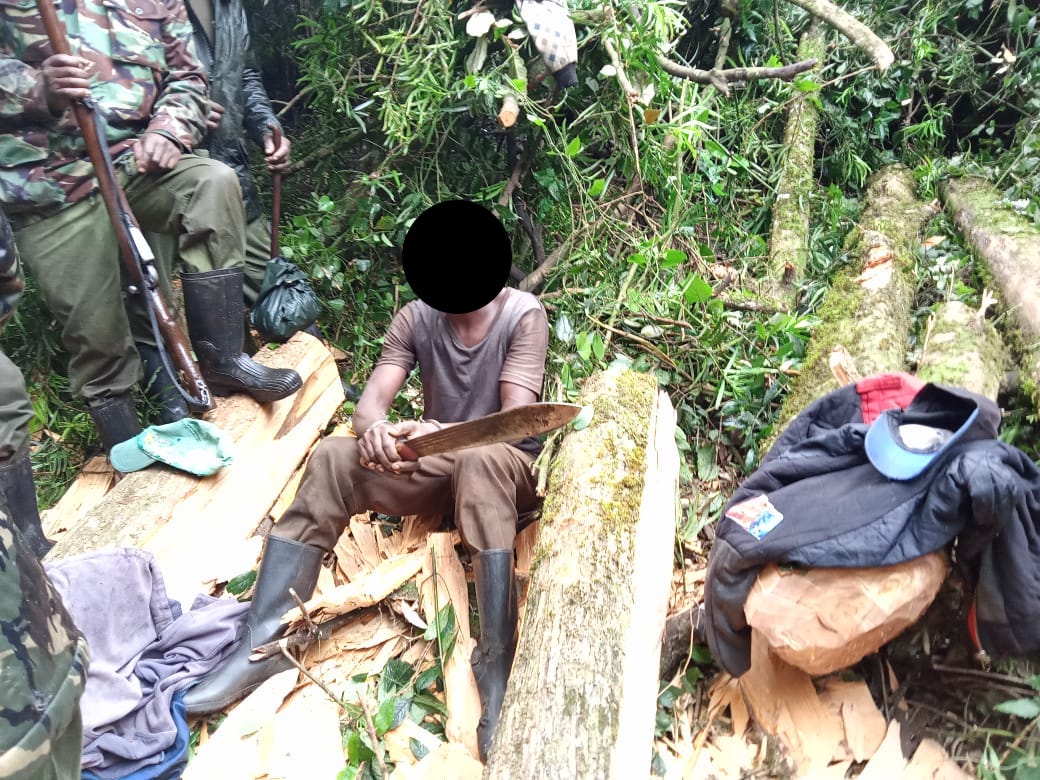
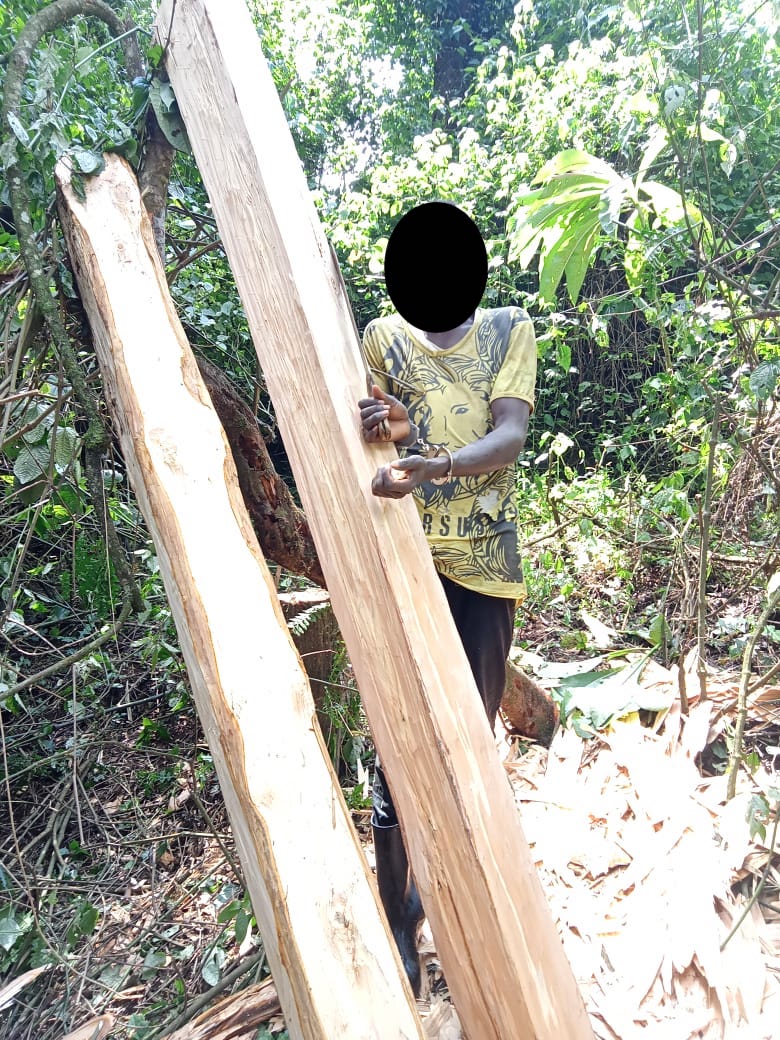
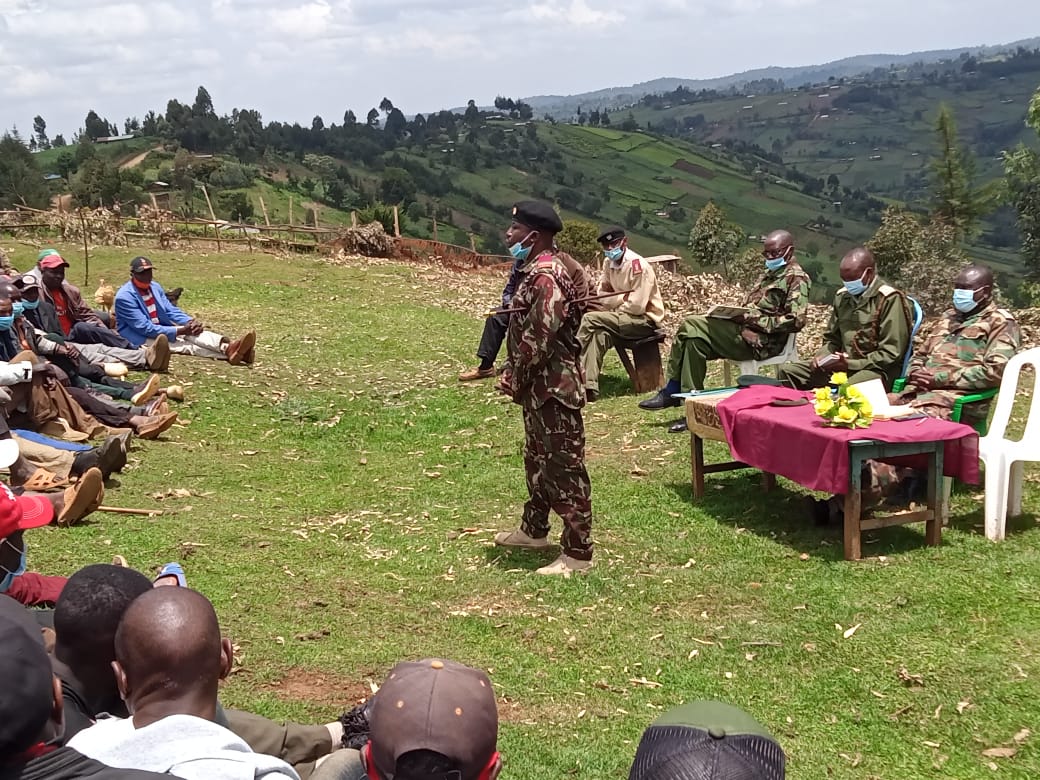
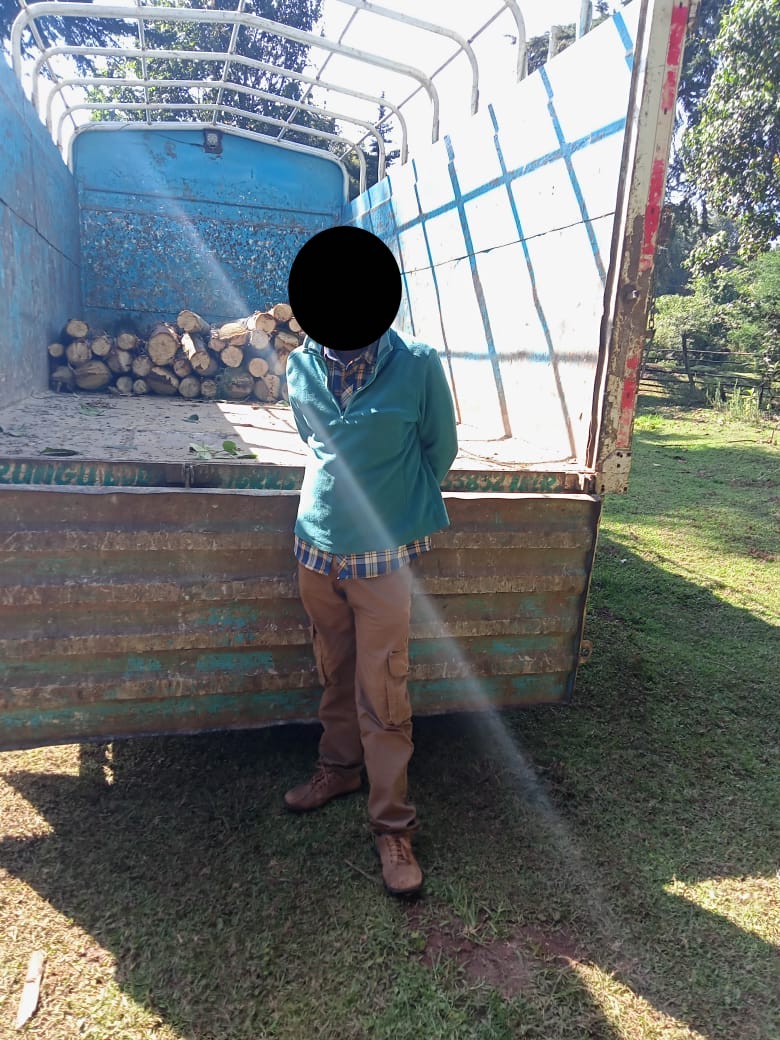
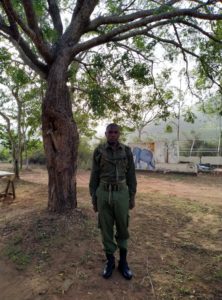 MEP has teamed up with the Mwaluganje Elephant Sanctuary (MES) to implement ranger tracking and elephant monitoring. MES is Kenya’s first Community Conservancy established in 1991 on the Kenyan coast and forms part of the Shimba Hills Ecosystem alongside the Shimba Hills National Reserve. In 2020, KWS, MEP and MES collared two elephants Dicki and Gina as a first step to understanding conflict, movement between the conservation areas and the southern Tsavo Ranches. MES ranger Suleiman (pictured left) came to MEP in early August to learn how MEP tracks rangers and assets with the EarthRanger system to better monitor elephants in the Shimba Hills Ecosystem with his new Kibo motorbike. Suleiman is currently patrolling with his fellow rangers and KWS to note any elephant or wildlife activity, remove snares or fishing traps and arrest anyone partaking in bushmeat poaching or illegal habitat destruction activities.
MEP has teamed up with the Mwaluganje Elephant Sanctuary (MES) to implement ranger tracking and elephant monitoring. MES is Kenya’s first Community Conservancy established in 1991 on the Kenyan coast and forms part of the Shimba Hills Ecosystem alongside the Shimba Hills National Reserve. In 2020, KWS, MEP and MES collared two elephants Dicki and Gina as a first step to understanding conflict, movement between the conservation areas and the southern Tsavo Ranches. MES ranger Suleiman (pictured left) came to MEP in early August to learn how MEP tracks rangers and assets with the EarthRanger system to better monitor elephants in the Shimba Hills Ecosystem with his new Kibo motorbike. Suleiman is currently patrolling with his fellow rangers and KWS to note any elephant or wildlife activity, remove snares or fishing traps and arrest anyone partaking in bushmeat poaching or illegal habitat destruction activities.
On August 7, the team removed one snare and an illegal fishing trap in the Manolo River. The team also noted elephant activity in the area. On August 9, they sighted four elephants on their patrol route, then the next day they arrested one suspect in possession of warthog meat and removed illegal fishing traps in the Manolo River. On August 14, they noted buffalo activity and the next day found an illegal logging and charcoal operation site and elephants nearby. The next day there was more fresh elephant activity as indicated by elephant dung while on patrol. On August 18, they removed more illegal fishing traps in the river and the next day monitored a herd of elephants, one appearing to have an injury. All of this data being collected is assembled in MEP’s EarthRanger system and will help inform future deployments in this area alongside MES and KWS to increase protection for wildlife inside the conservancy.
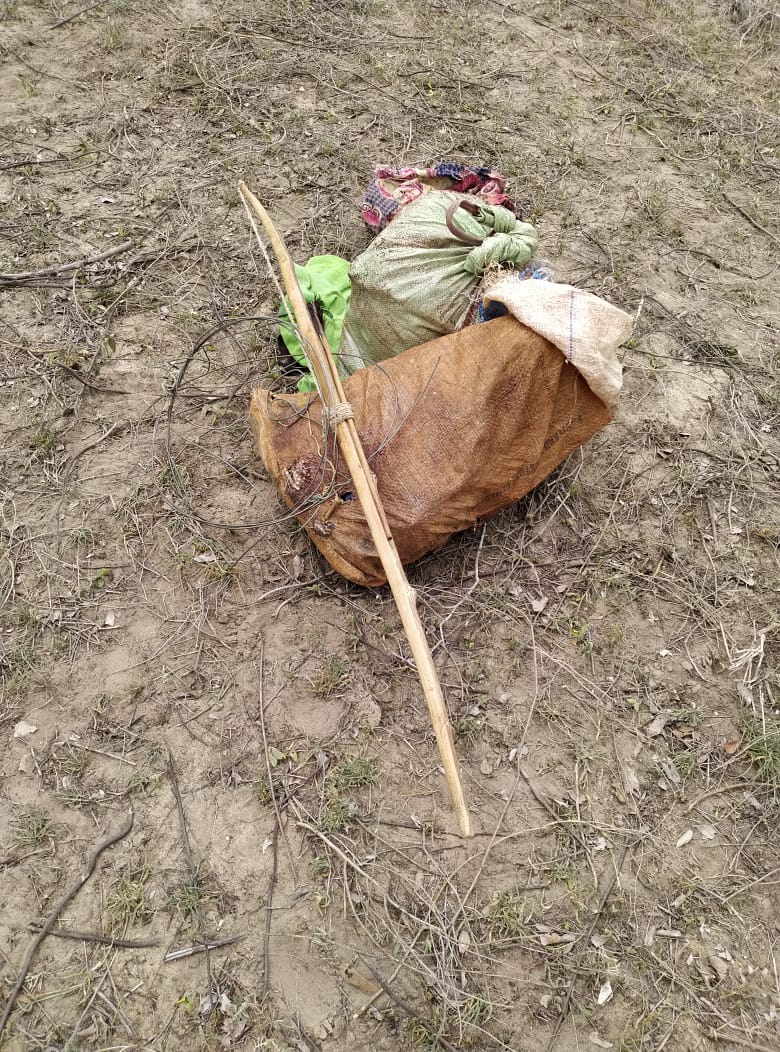
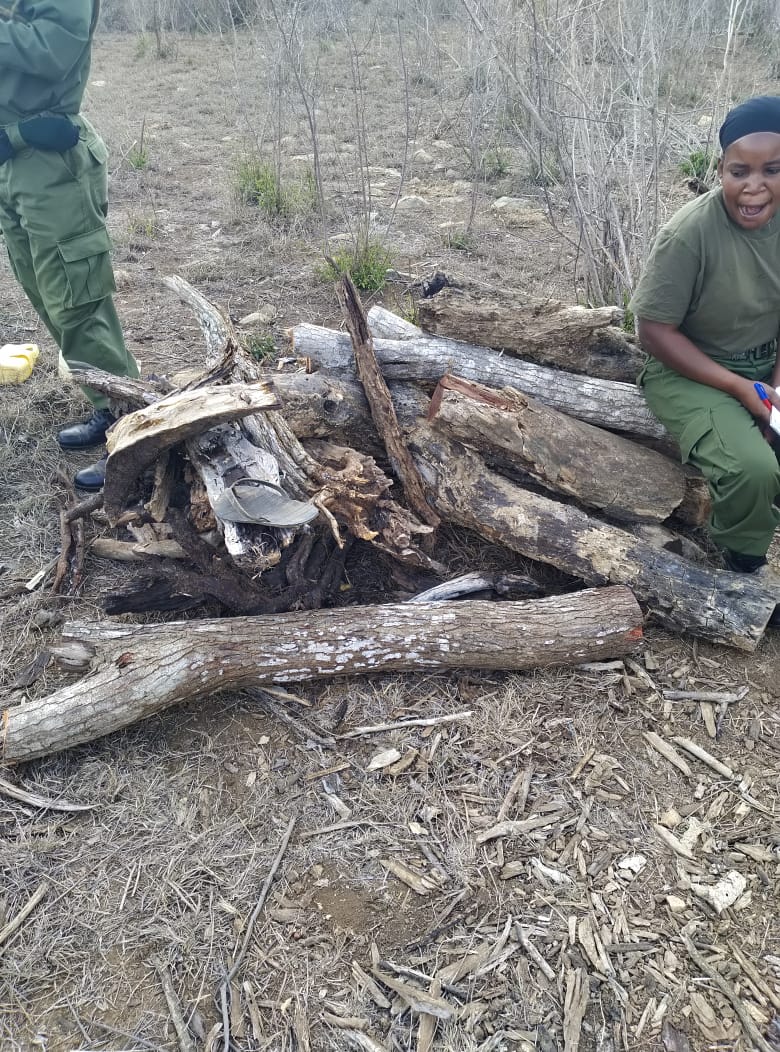
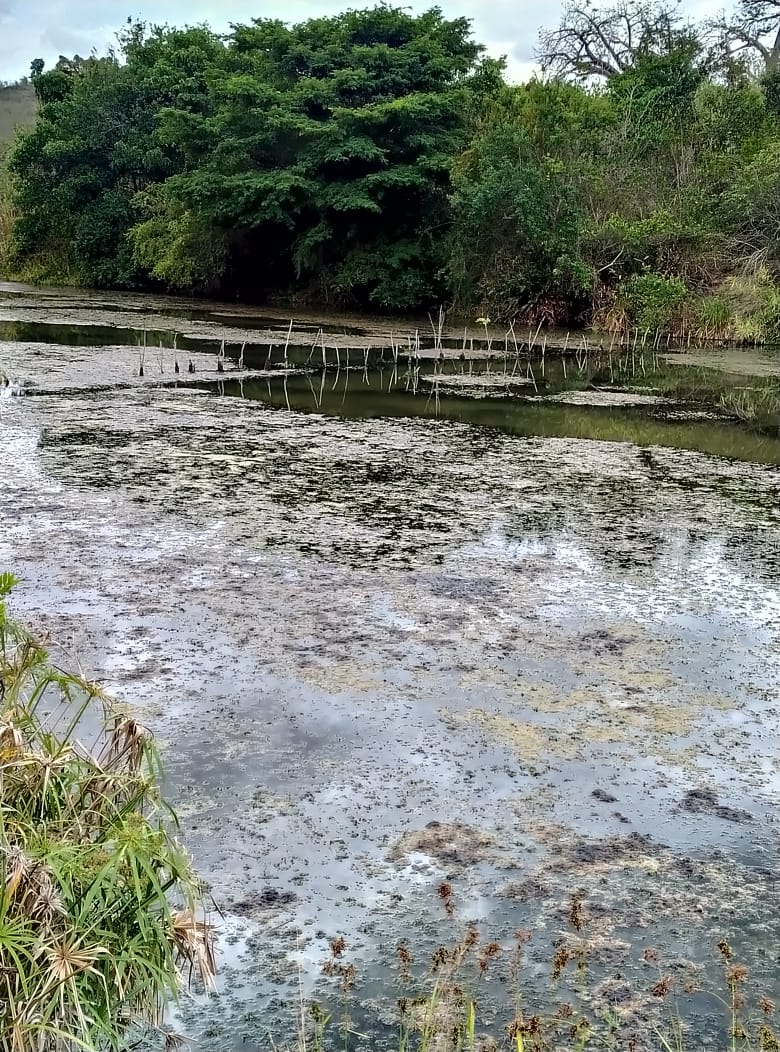
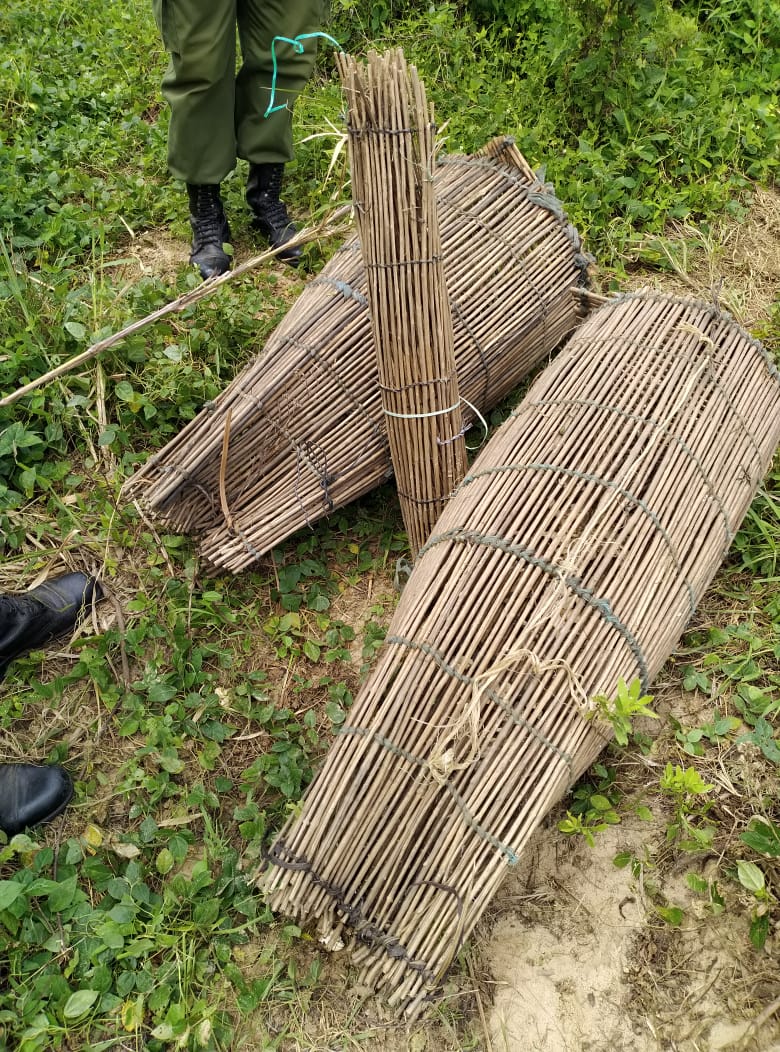


On the 27thof August, the MEP leased helicopter was used to push a large herd of 70 elephants away from settlements in the Suswa area and collared elephant Napoleon was in this herd. Then, just a few days later on the 30th the helicopter was called in again to push another large herd of 62 elephants out of farms and settlements back into the Nyakweri Forest. There were seven total mitigation efforts for conflict incidents in August.
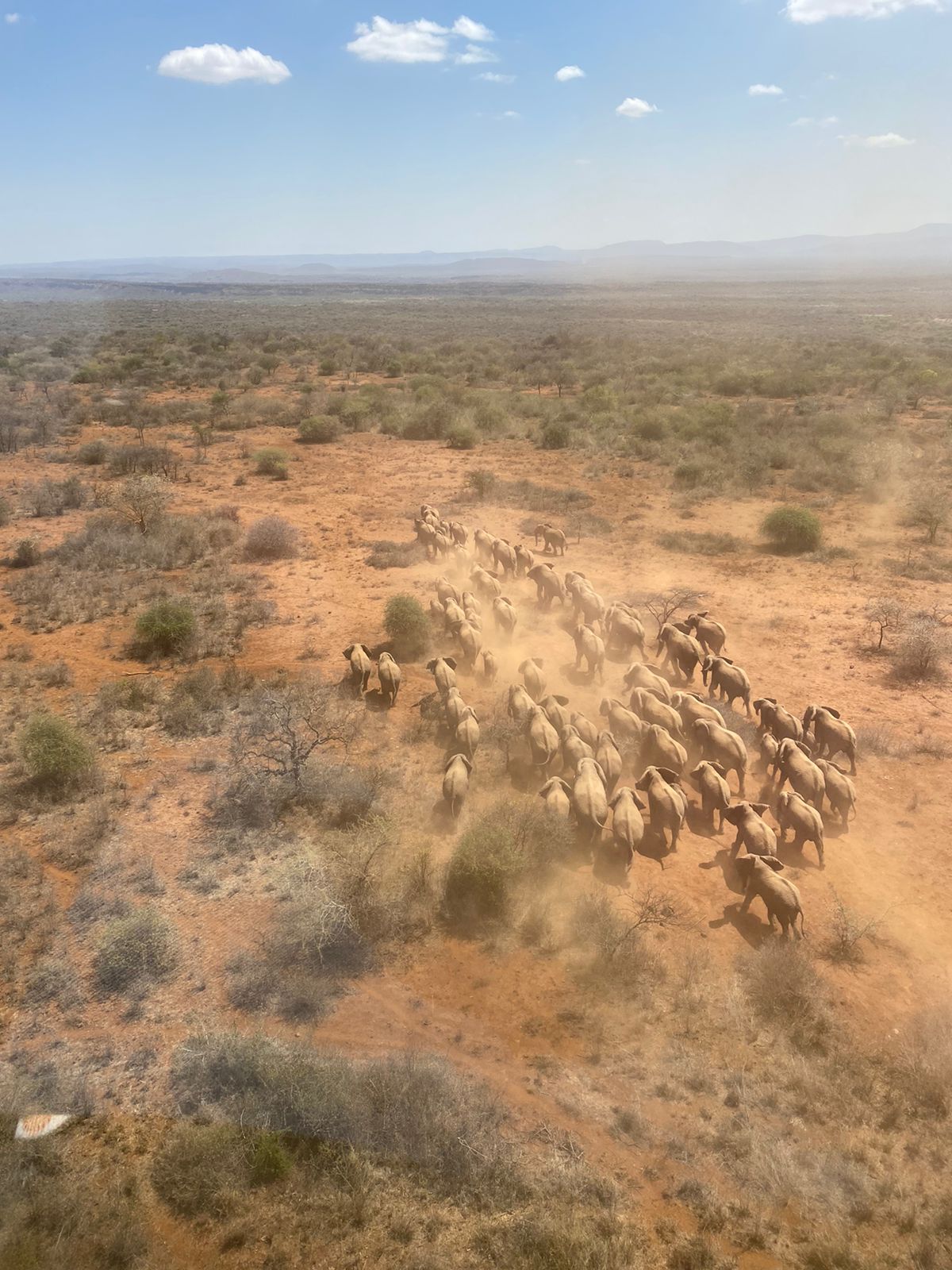
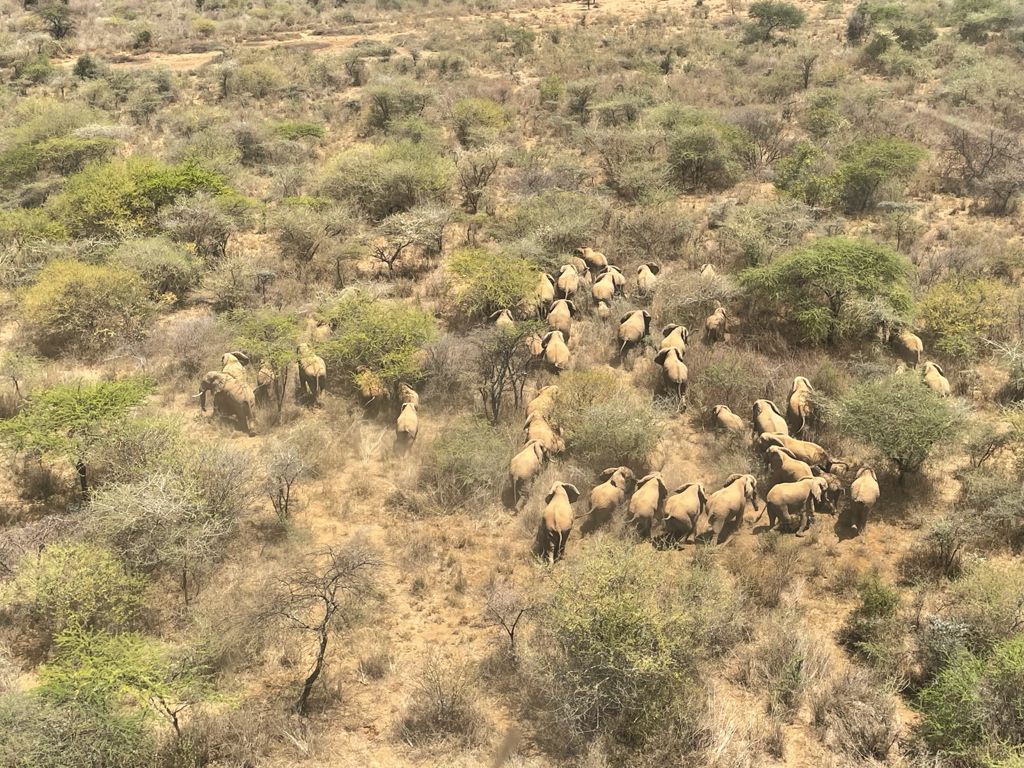


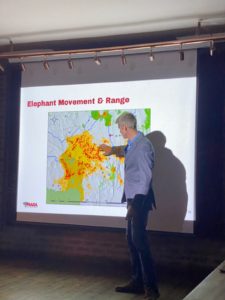 MEP was thrilled by the opportunity to present to the 10 pioneering guests on ROAR AFRICA’s Greatest Safari on Earth at Angama Mara. On August 24, MEP’s Director of Research and Conservation Dr. Jake Wall presented to the distinguished group about MEP’s research and operations all focused on protecting elephants and their habitats in the GME. While there to see the great migration, the group was challenged to learn more about why protecting all wildlife and their wild spaces in the ecosystem is vital to ensuring it’s longevity. We’d like to thank ROAR AFRICA for inviting us to be a part of this exciting new venture.
MEP was thrilled by the opportunity to present to the 10 pioneering guests on ROAR AFRICA’s Greatest Safari on Earth at Angama Mara. On August 24, MEP’s Director of Research and Conservation Dr. Jake Wall presented to the distinguished group about MEP’s research and operations all focused on protecting elephants and their habitats in the GME. While there to see the great migration, the group was challenged to learn more about why protecting all wildlife and their wild spaces in the ecosystem is vital to ensuring it’s longevity. We’d like to thank ROAR AFRICA for inviting us to be a part of this exciting new venture.
At the start of August, the MEP Research Department welcomed Zakariya Hussein as the newest member of our team. Zak has come to us from the EarthRanger team as a software developer to focus on building data analytics for EarthRanger. We’ve nicknamed the project ‘Conservation Macroscope’ and it will help us quickly turn raw data into actionable conservation intelligence. We received generous support from Vulcan Technologies (now AI2) towards Zak’s position. Welcome to MEP Zak!
In late August, Save the Elephants (STE) joined MEP on our campus for an EarthRanger training led by MEP’s Director of Research & Conservation Dr. Jake Wall. EarthRanger is a software solution helping conservationists with security, ecological management, research, and human-wildlife coexistence by streamlining vast troves of data into a system giving those on the frontlines the information they need to make informed decisions for wildlife conservation. MEP uses EarthRanger to unlock the power of all the data we collect — locations of elephants, rangers and vehicles, past poaching incidents, weather and many more — to predict threats and plan landscapes for the future.
Dr. Wall is an early architect of EarthRanger, and MEP has been using the software since 2019. Save the Elephants, which created the STE tracking app with EarthRanger, is also adopting the EarthRanger system to visualize their collared elephants, protect them from poaching and human-elephant conflict and deploy rangers where needed. Key STE staff including Founder Dr. Iain Douglas-Hamilton, Research Scientist – Spatial Ecology Dr. Festus Ihwagi, Research Officer/GIS Benjamin Loloju and Research Manager Giacomo D’Ammando, participated for the organization.
During the three-day training course, Jake covered the fundamentals of utilizing the EarthRanger system and how to integrate other conservation applications into the system. He covered how MEP has collected and managed our data so that it best fits into EarthRanger’s system to create useful outputs. Collaboration between conservation organizations like MEP and STE is critical for us to have an impact into the future and using technology like EarthRanger gives everyone a great leg up on saving this important species from extinction.
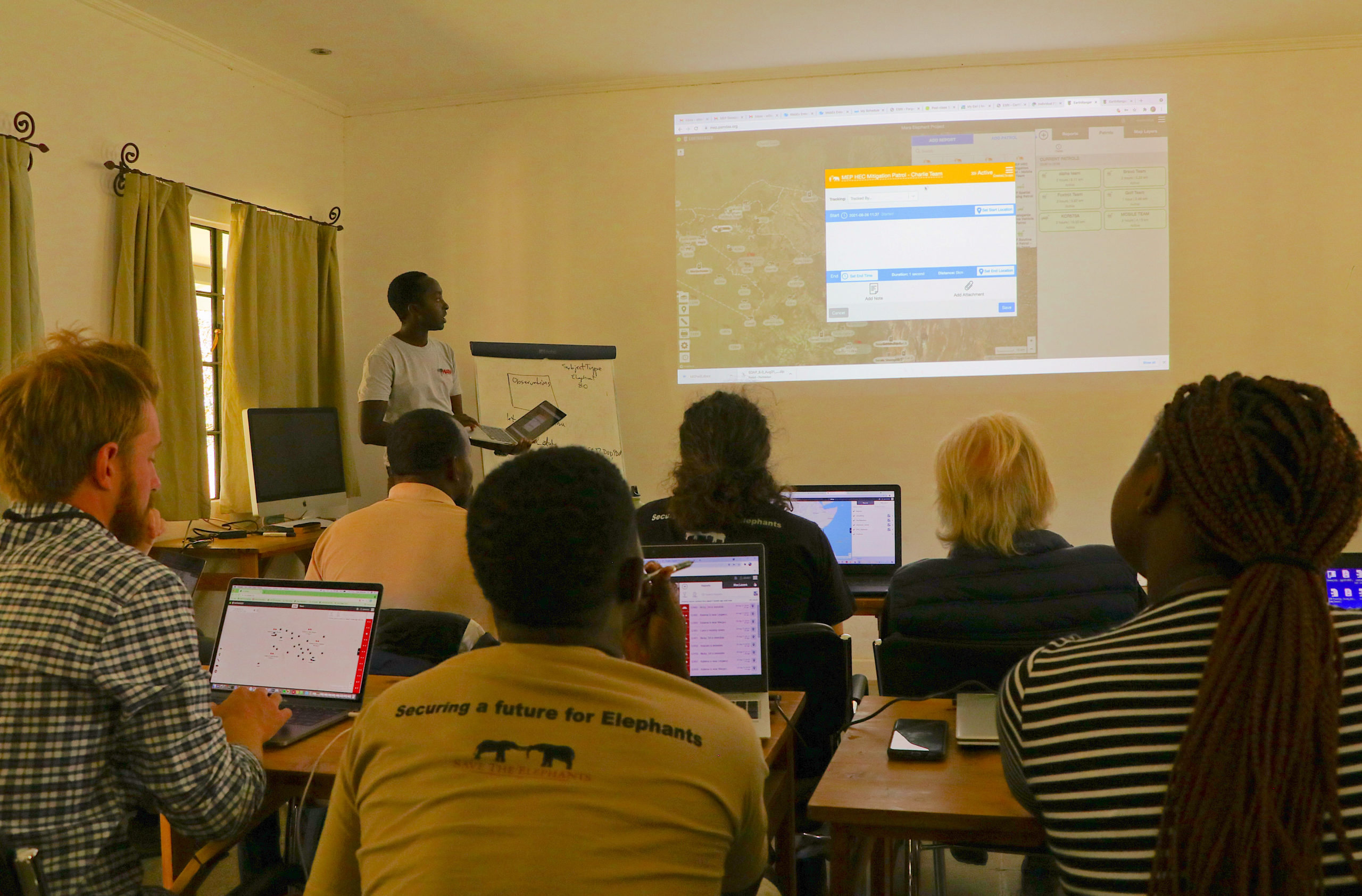
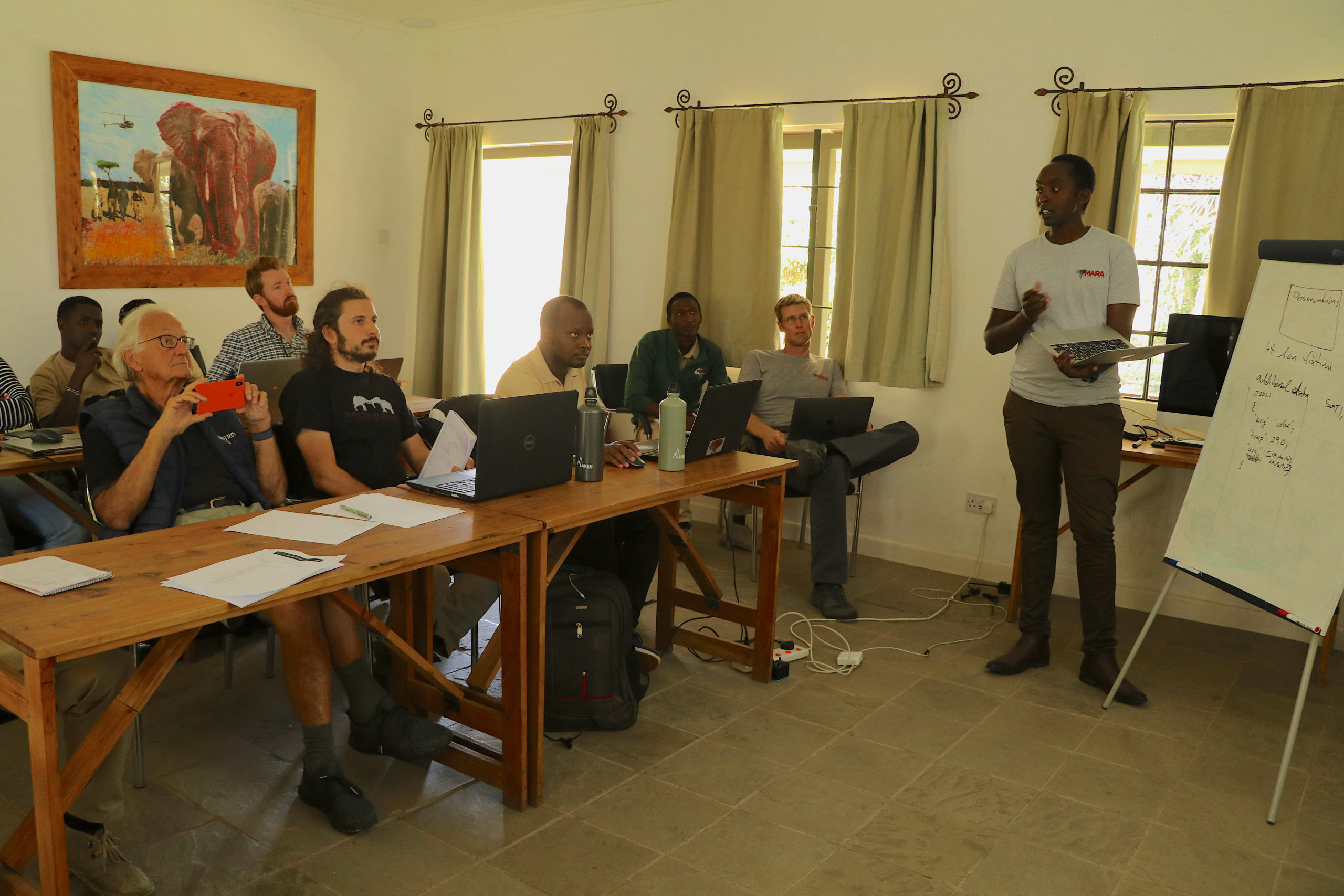

The Mara Elephant Project long-term monitoring (LTM) team was researching a herd of elephants in the field that took a break to bathe and drink from the iconic Mara River. They captured some amazing shots on August 4 of this herd enjoying the refreshing river (pictured below).
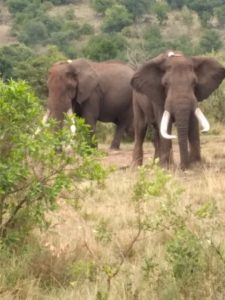 If there ever was a bromance for the ages, KWS and MEP’s two collared elephants Fred and Kegol would be contenders (pictured left). These two bull elephants are often found together in conservancies or neighboring farmland in the Maasai Mara. Both impressively large males, they are estimated to be around the age of 45 years old. Fred was collared first in February 2013 and Kegol in March 2015. They often crop raid neighboring farms to the Mara River and Fred is known to visit MEP headquarters on occasion. On August 9, the bromance duo was spotted by MEP rangers while on patrol in Oloisukut Conservancy and later that week Kegol was monitored alone by another MEP ranger unit.
If there ever was a bromance for the ages, KWS and MEP’s two collared elephants Fred and Kegol would be contenders (pictured left). These two bull elephants are often found together in conservancies or neighboring farmland in the Maasai Mara. Both impressively large males, they are estimated to be around the age of 45 years old. Fred was collared first in February 2013 and Kegol in March 2015. They often crop raid neighboring farms to the Mara River and Fred is known to visit MEP headquarters on occasion. On August 9, the bromance duo was spotted by MEP rangers while on patrol in Oloisukut Conservancy and later that week Kegol was monitored alone by another MEP ranger unit.
MEP celebrated World Elephant Day on August 12, thank you to everyone who supported MEP to celebrate this important day! We had 26 entries in the Greatest Maasai Mara photo competition in August. Thank you to the photographers for supporting MEP. We received a tactical backpack from our Amazon Wish List this month, thank you for donating important equipment for our rangers. Dr. Jake Wall was highlighted in a Mongabay article about using technology to revolutionize how rangers works, more specifically our EarthRanger system.
Finally, the Sidekick Foundation supported photographer Amish Chhagan of Chags Photography to come to MEP for a few days and update some visual assets for our organization to use for marketing and fundraising. Thank you, Amish, for donating your time to MEP.
 The MEP LTM team and Conservation Officer Wilson Sairowua photographed by Amish in August.
The MEP LTM team and Conservation Officer Wilson Sairowua photographed by Amish in August.
